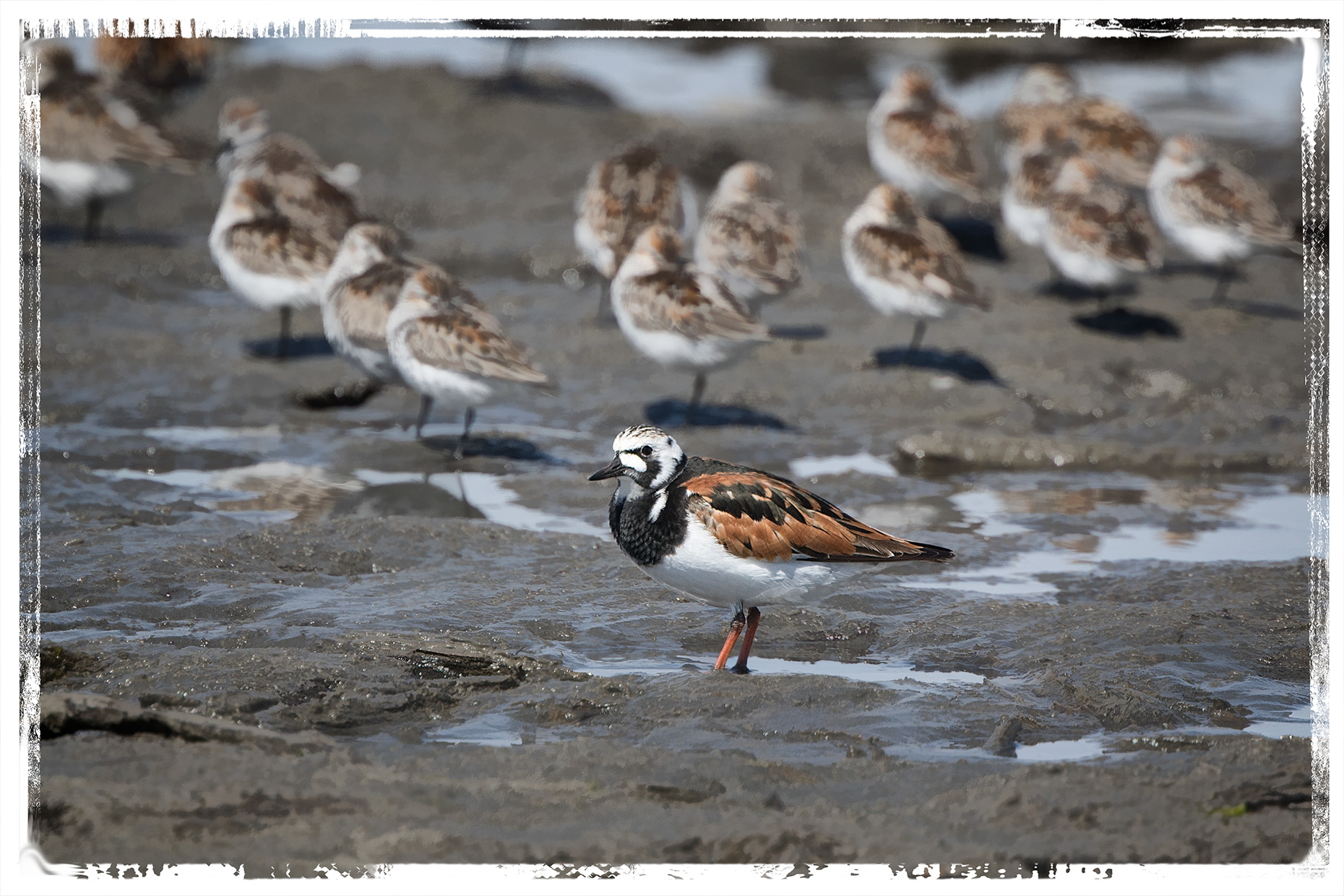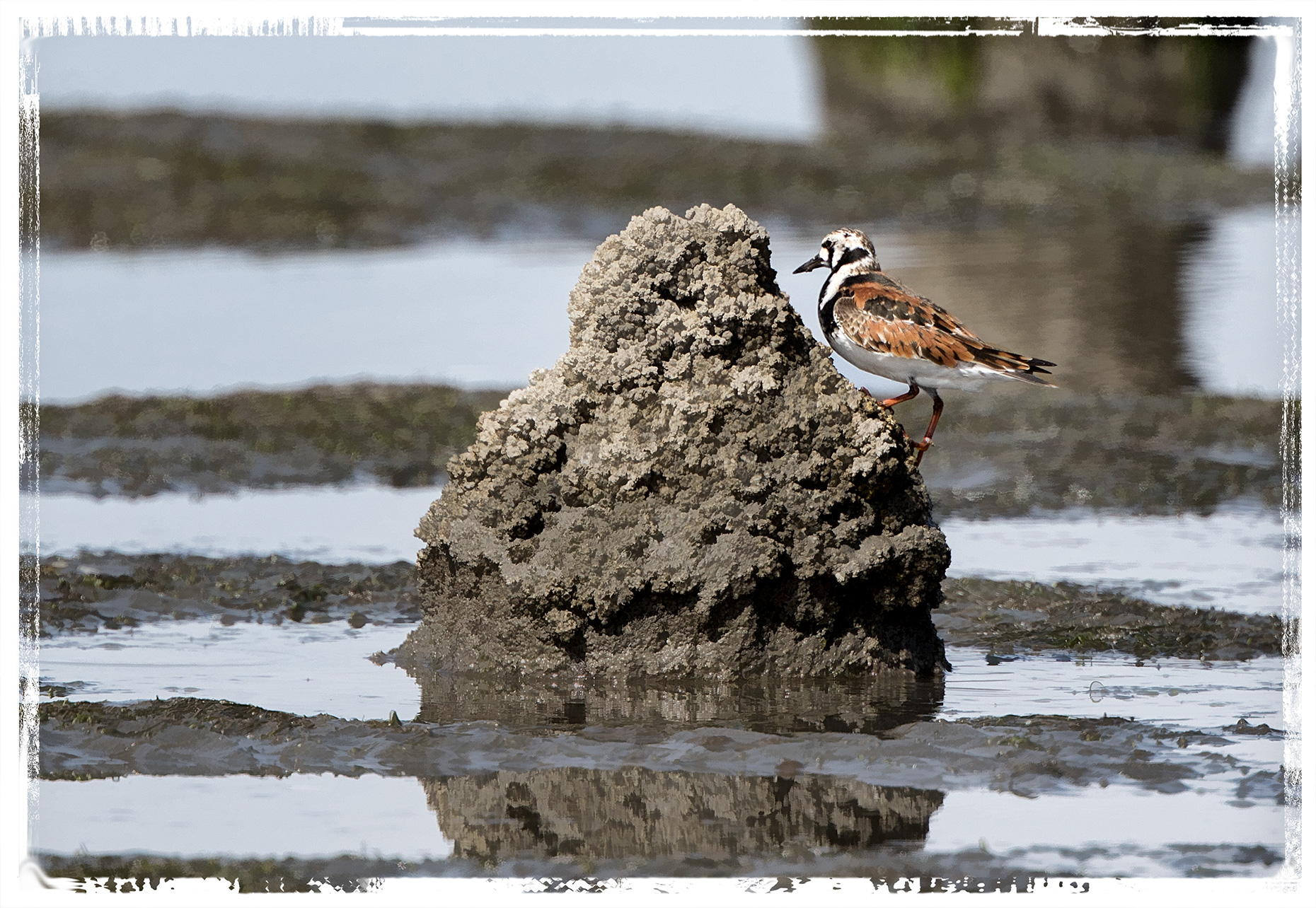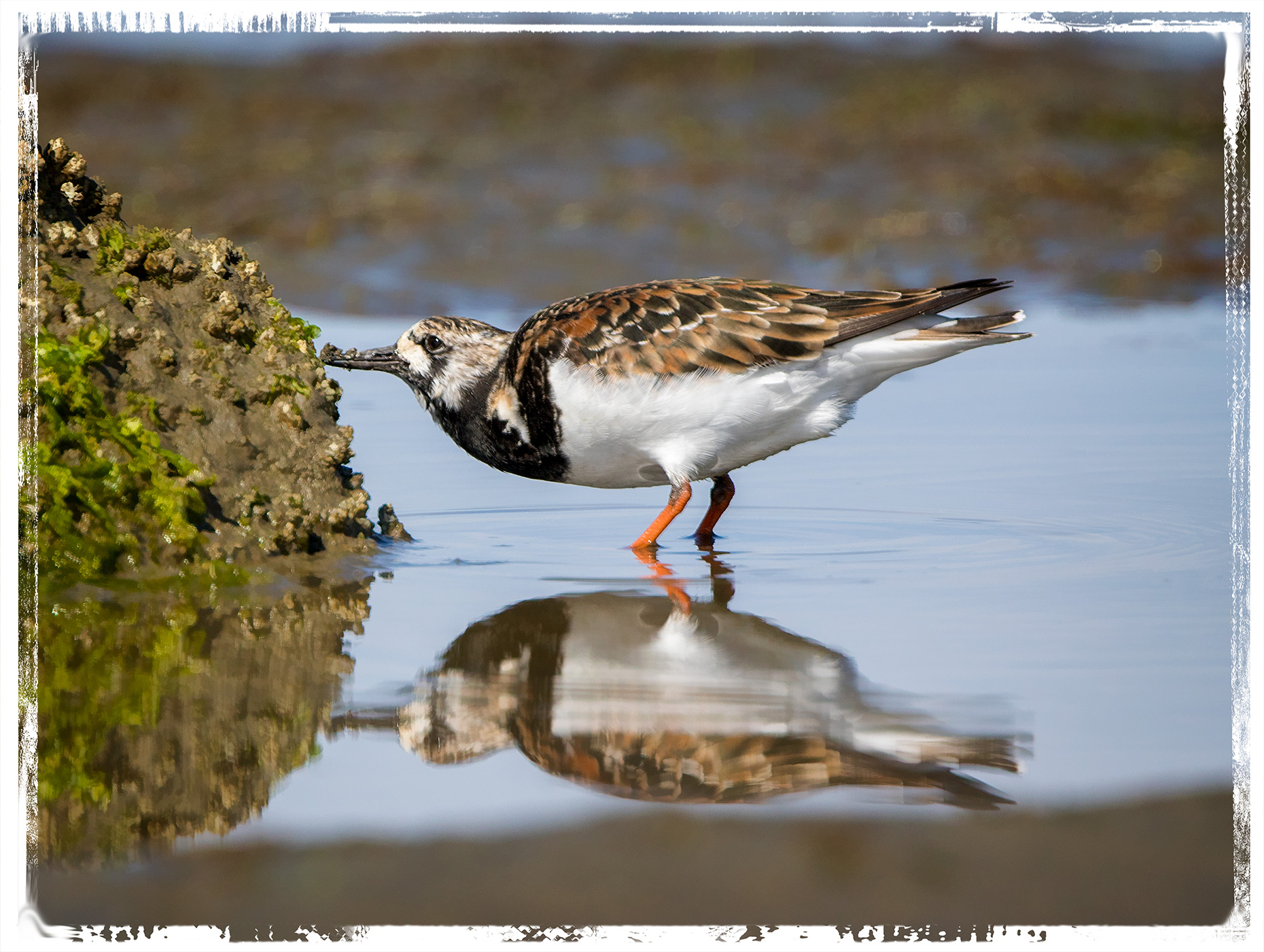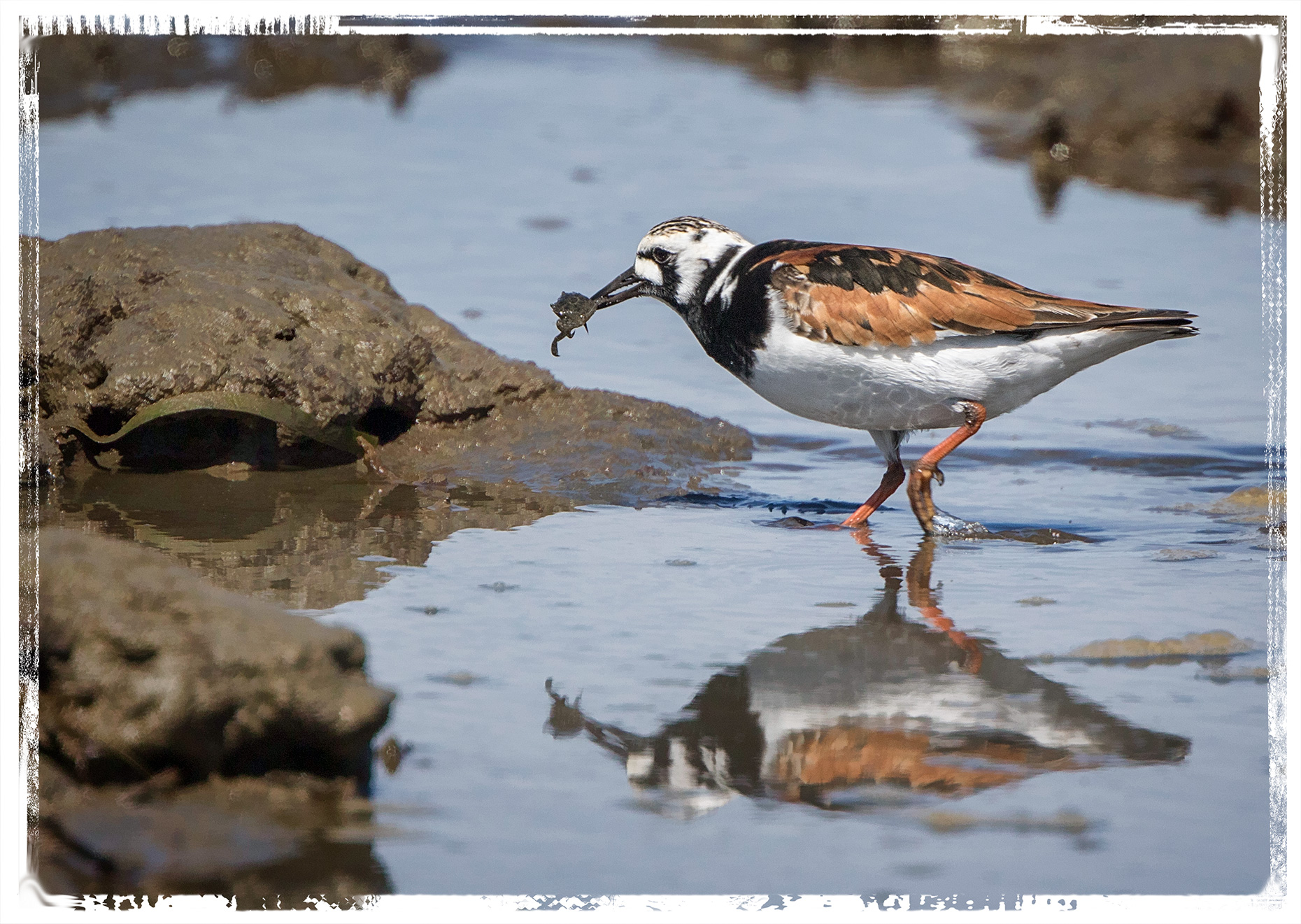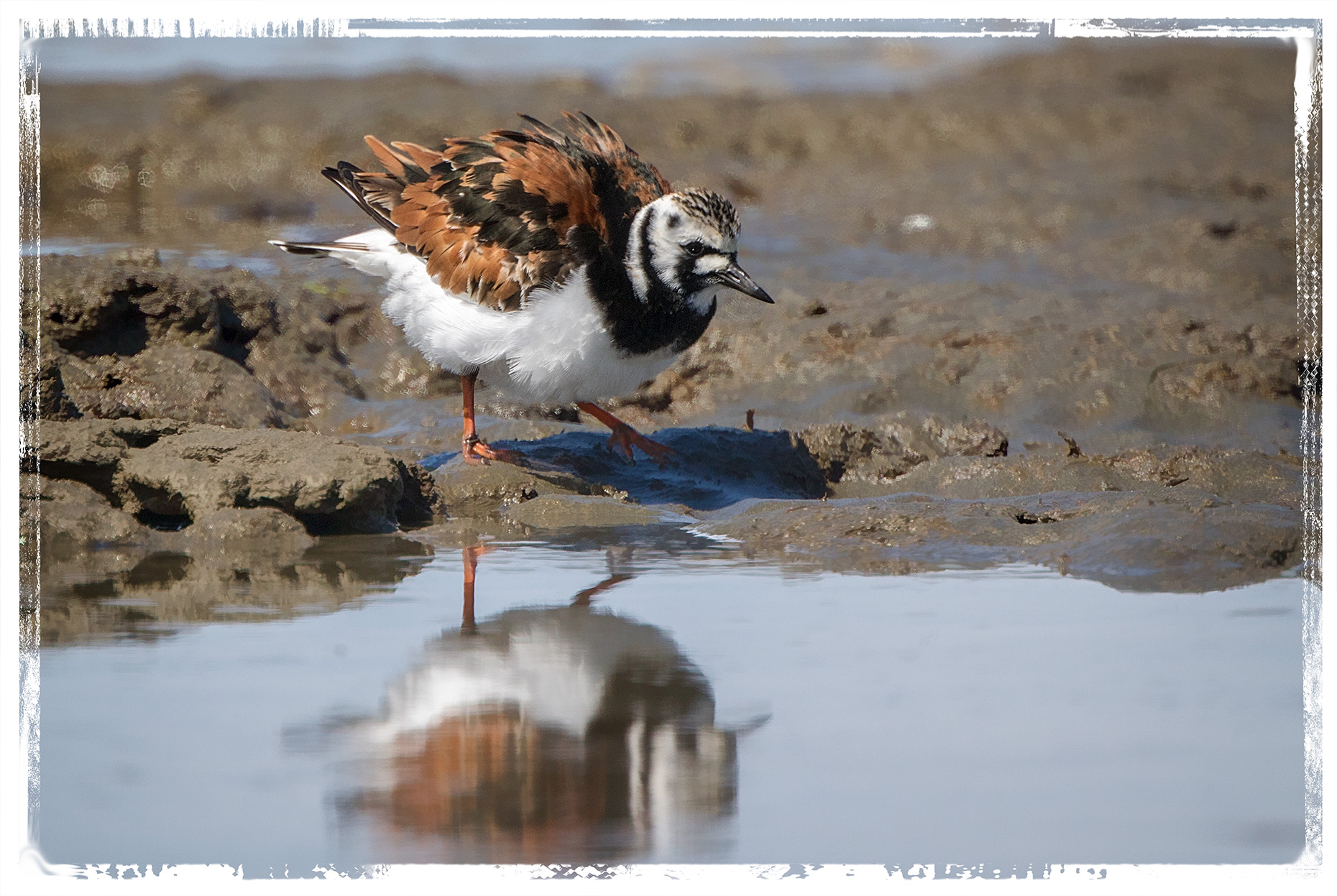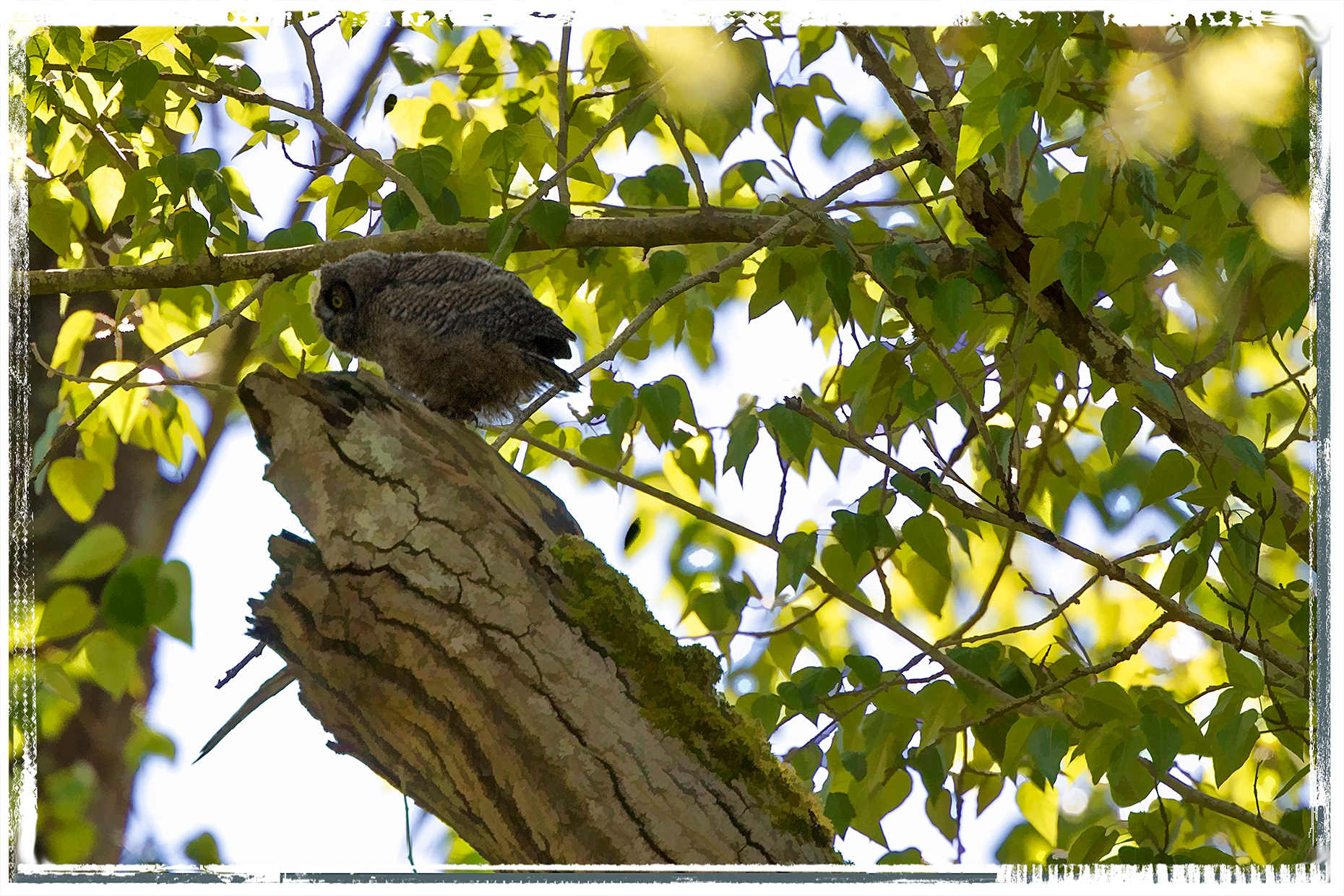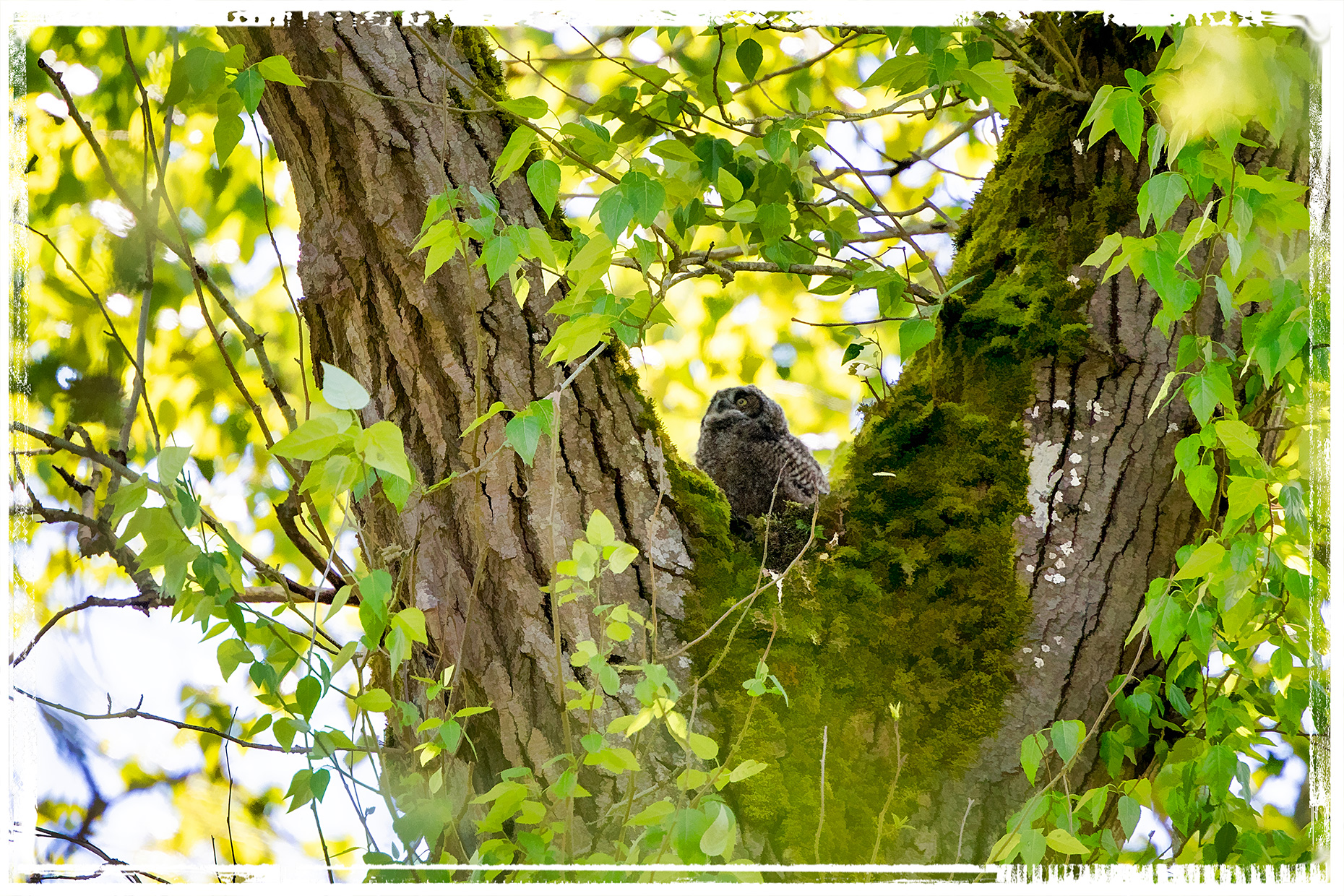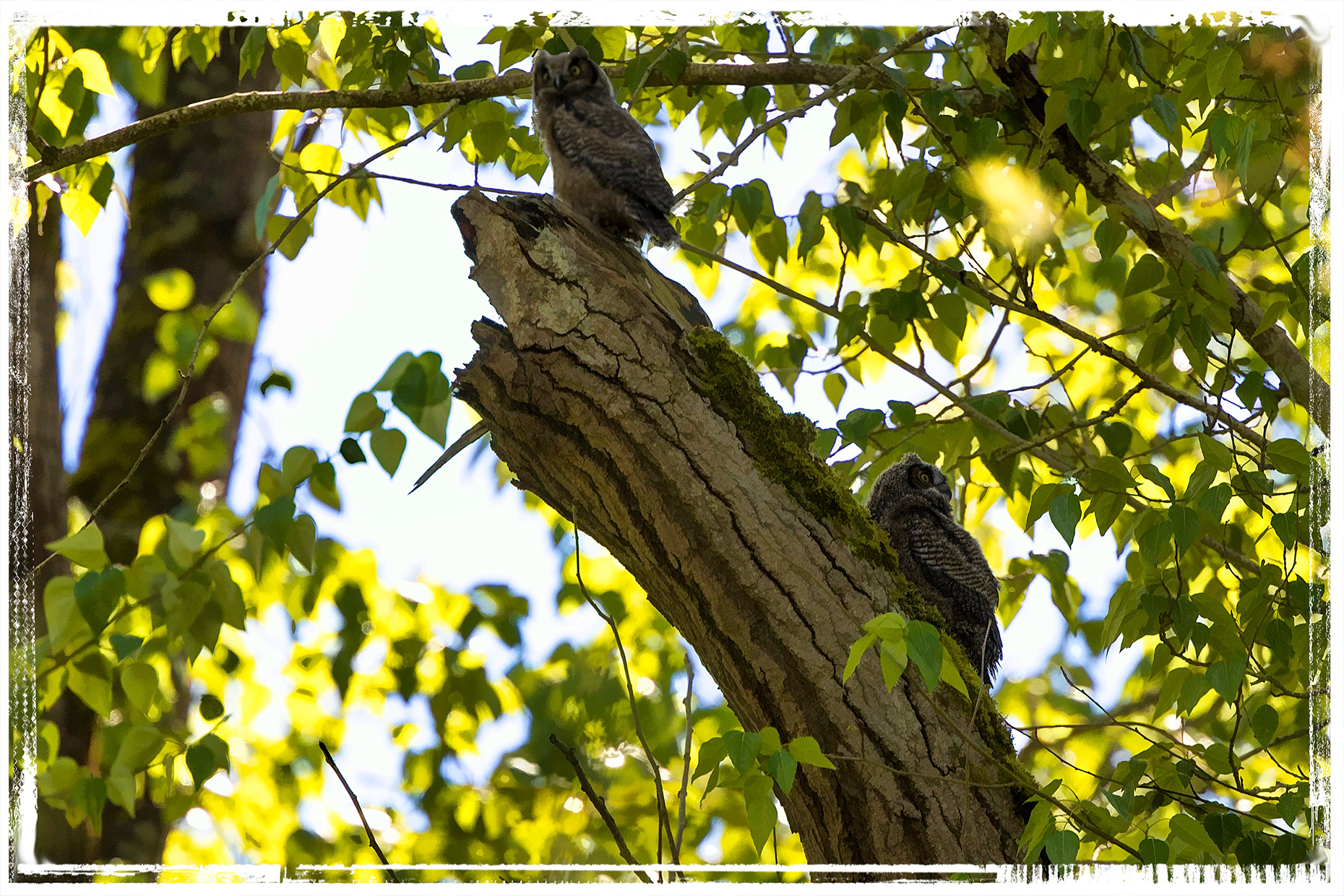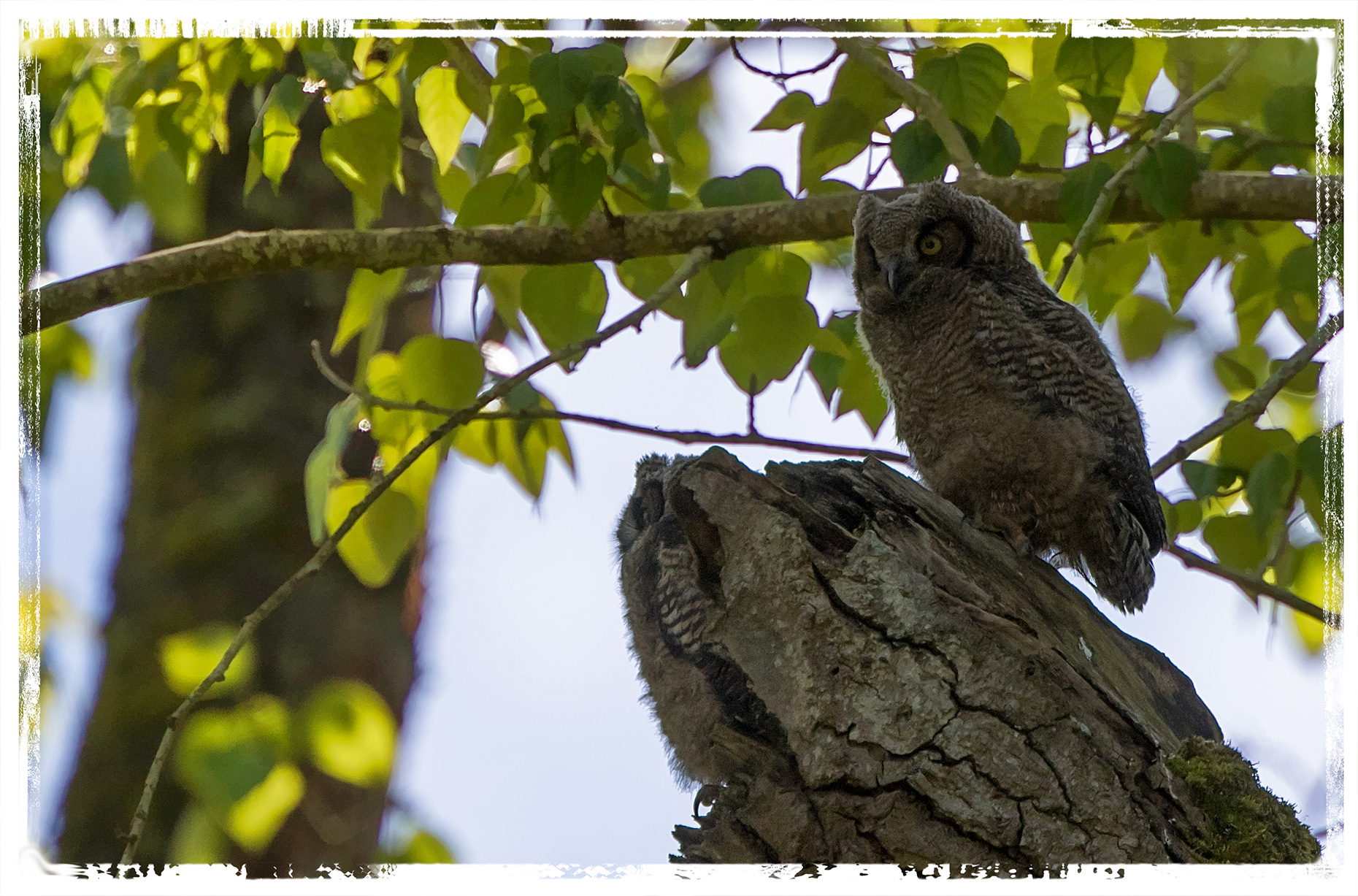I have been finding it nearly as difficult to choose my best photos from my recent trip to Bottle Beach as it was for my camera to decide what to focus on in this shot.
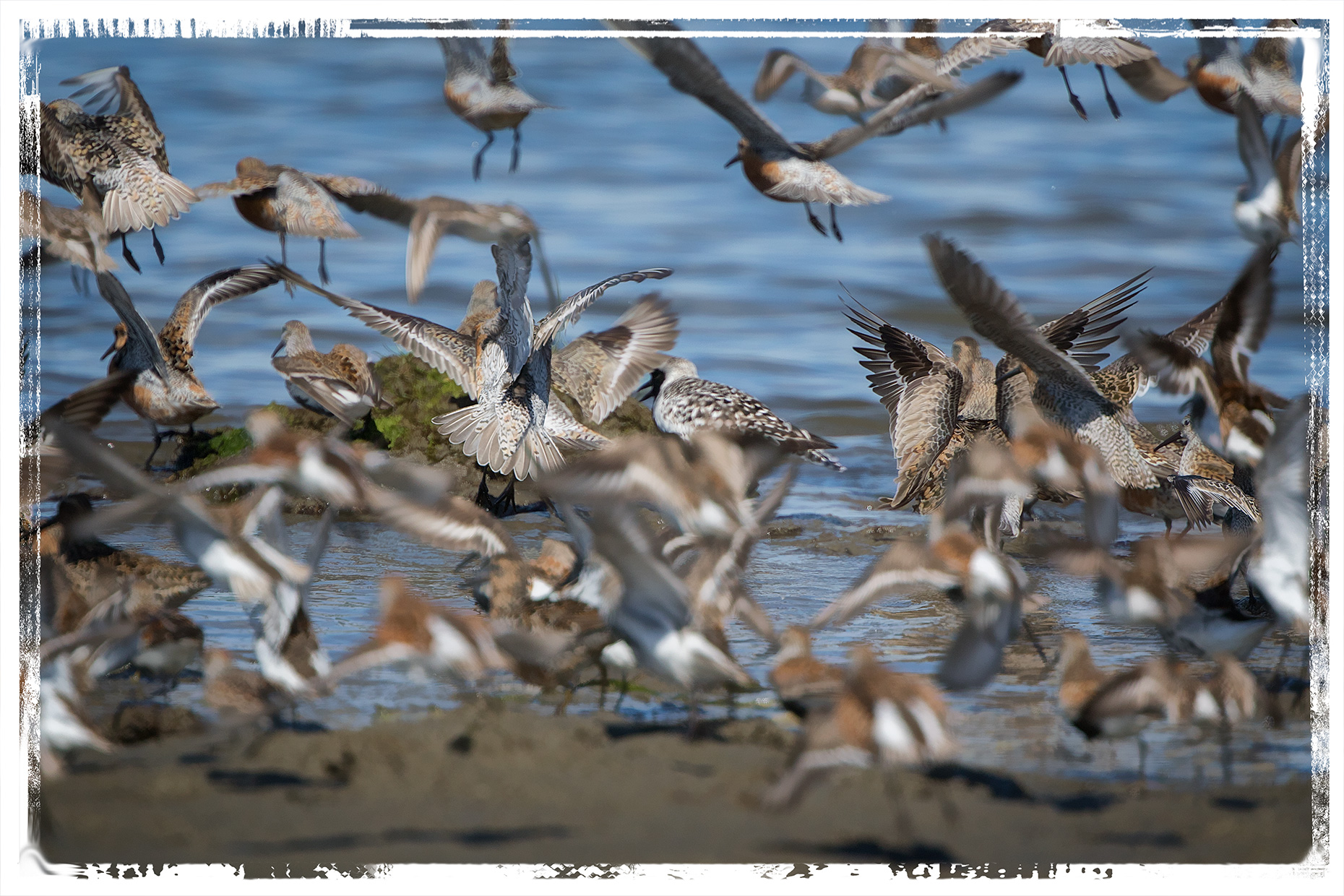
In the end I decided to focus on shots of shorebirds in flight because there are less of those shots so it’s less time-consuming to choose the best shots.
As a general rule, I hate cutting parts of the subject off. Nothing worse than cutting people in half to fit a photo frame. You will notice I am guilty of that multiple times in the photo above.
Avoiding that is as difficult as trying to keep all the birds in focus when they cross in front of you at high-speed.
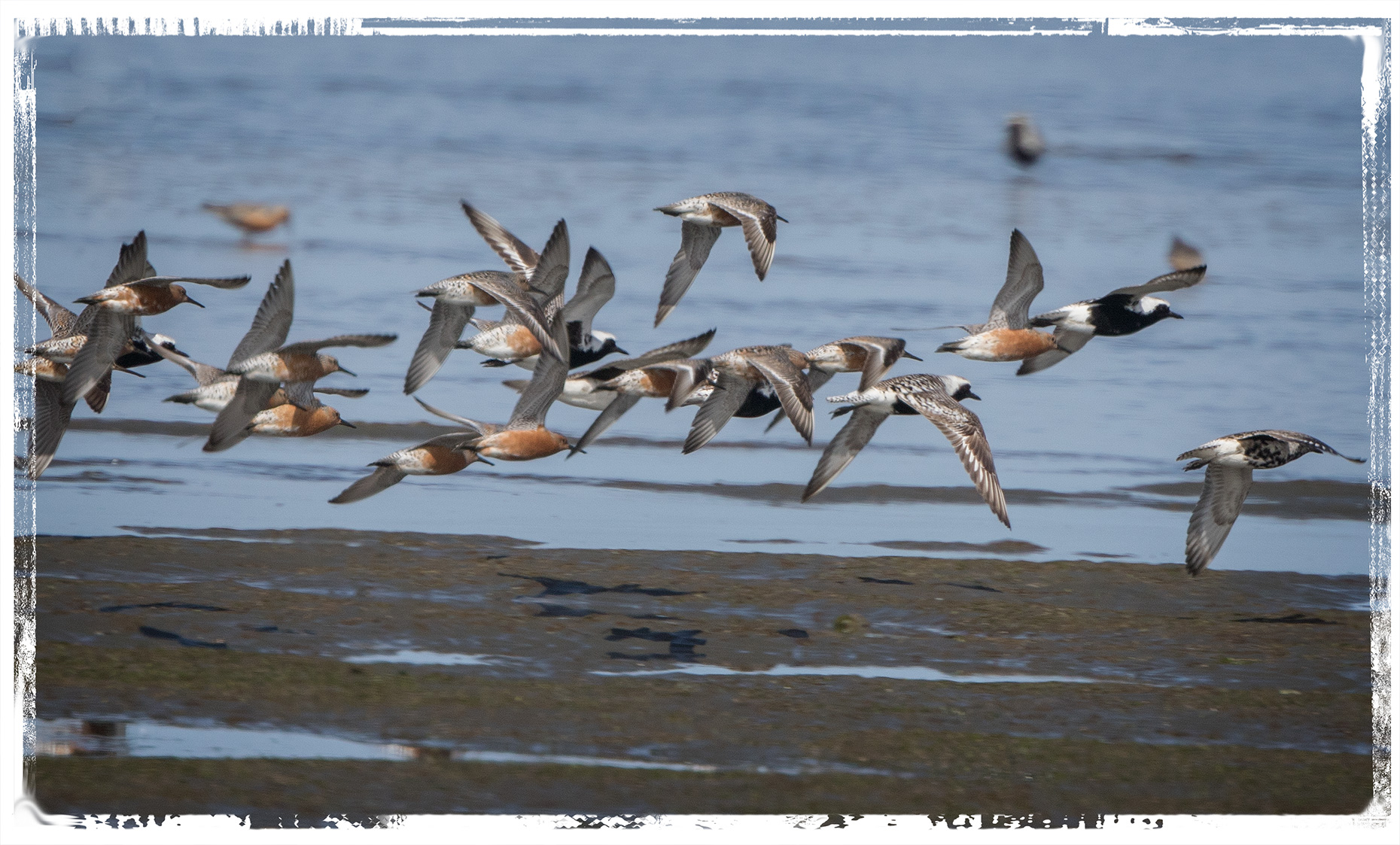
It is a little easier to keep the birds in focus when they are farther away from you,
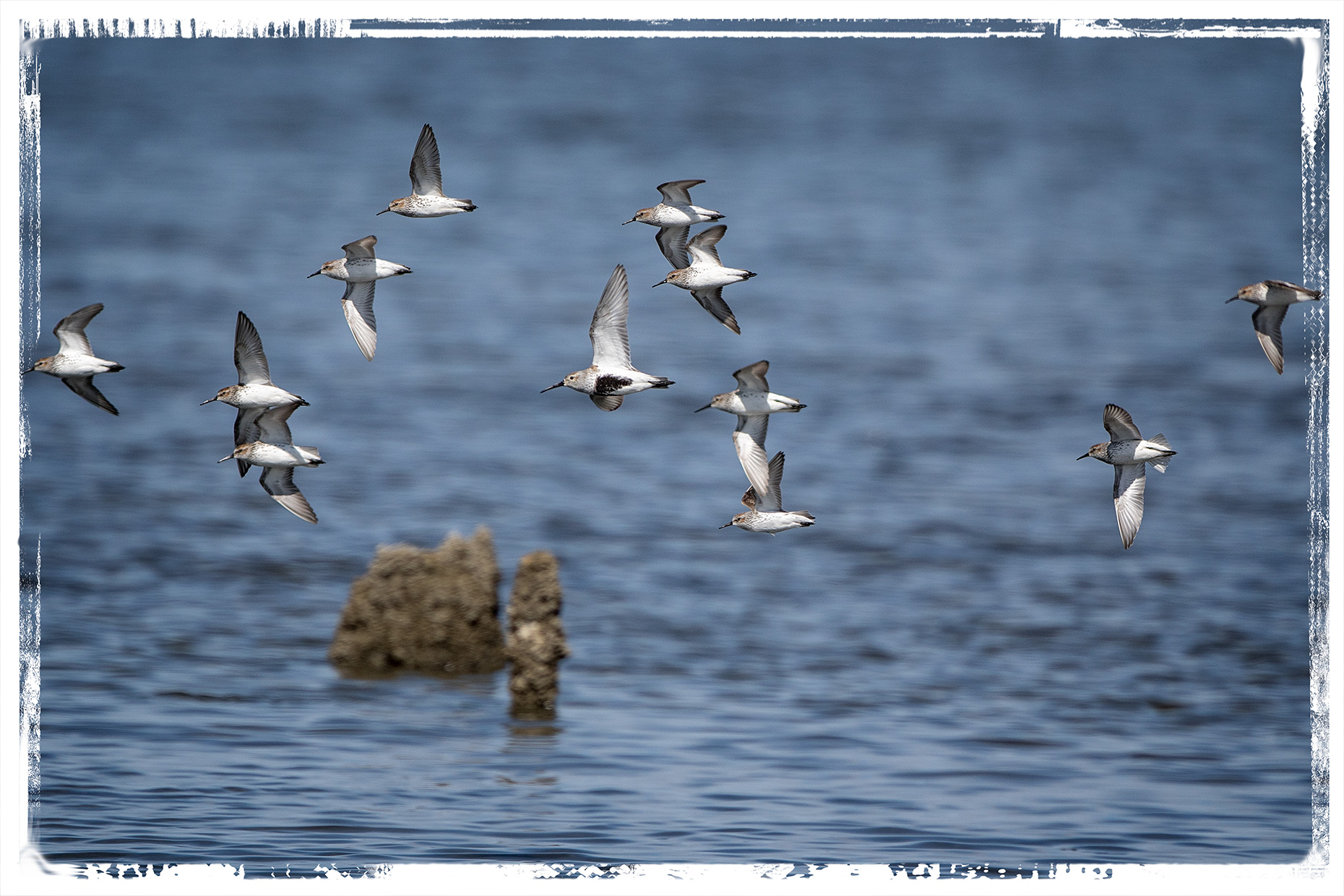
but it’s still hard not to cut off a wing, tail, or head when there is a large flock.
The closer you try to get to multiple subjects, the harder it is to keep all of them in focus when you’re using a telephoto lens.
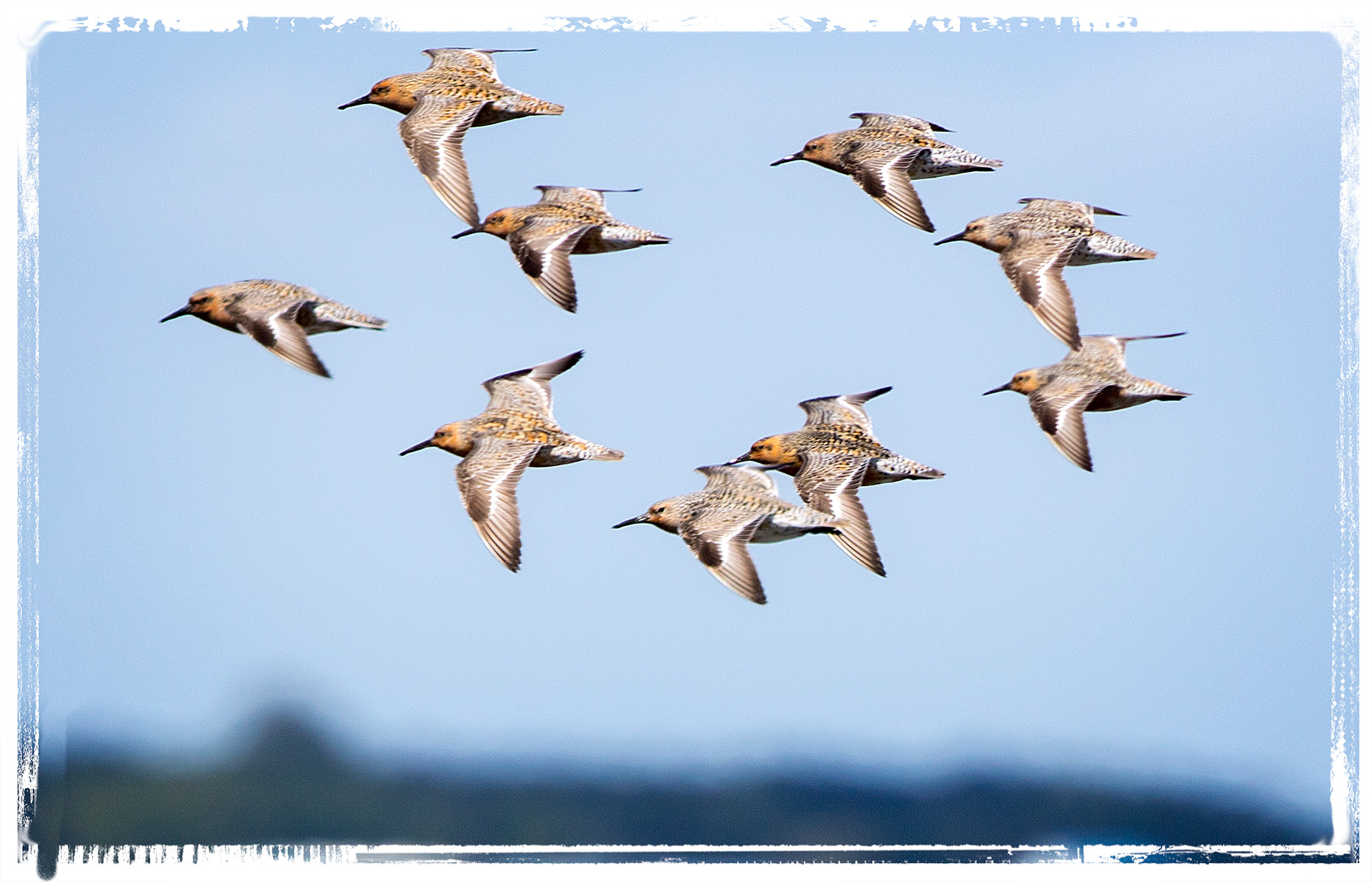
None of these is quite in focus as far as I can tell, though all of them are almost in focus.
Sometimes you’re extremely lucky and the birds a so closely grouped that three out of the four are sharply in focus and you haven’t cut off any parts,
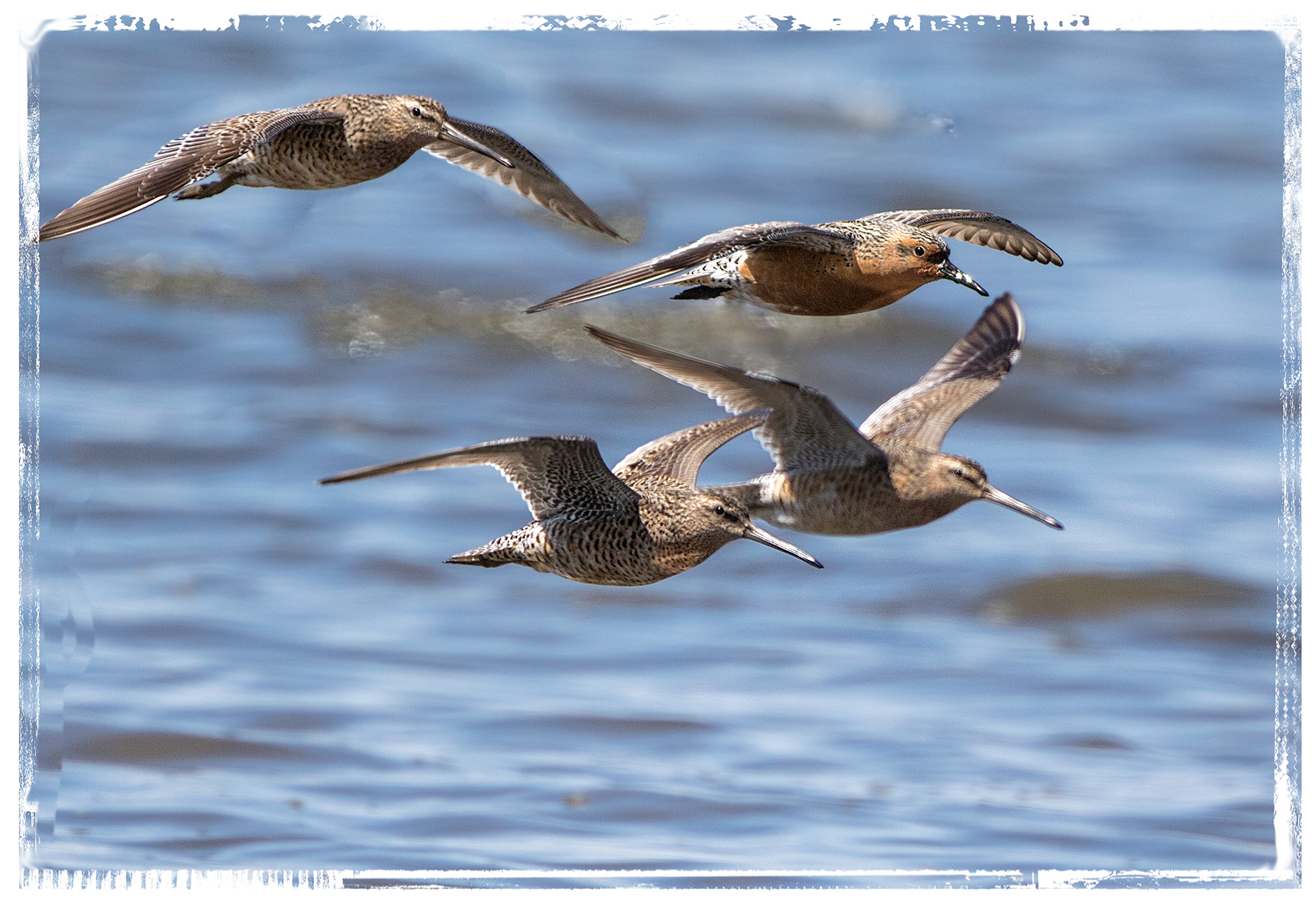
at least if you crop the shot and use Photoshop’s Content-Aware Move Tool to move one of the subjects closer to the others.
